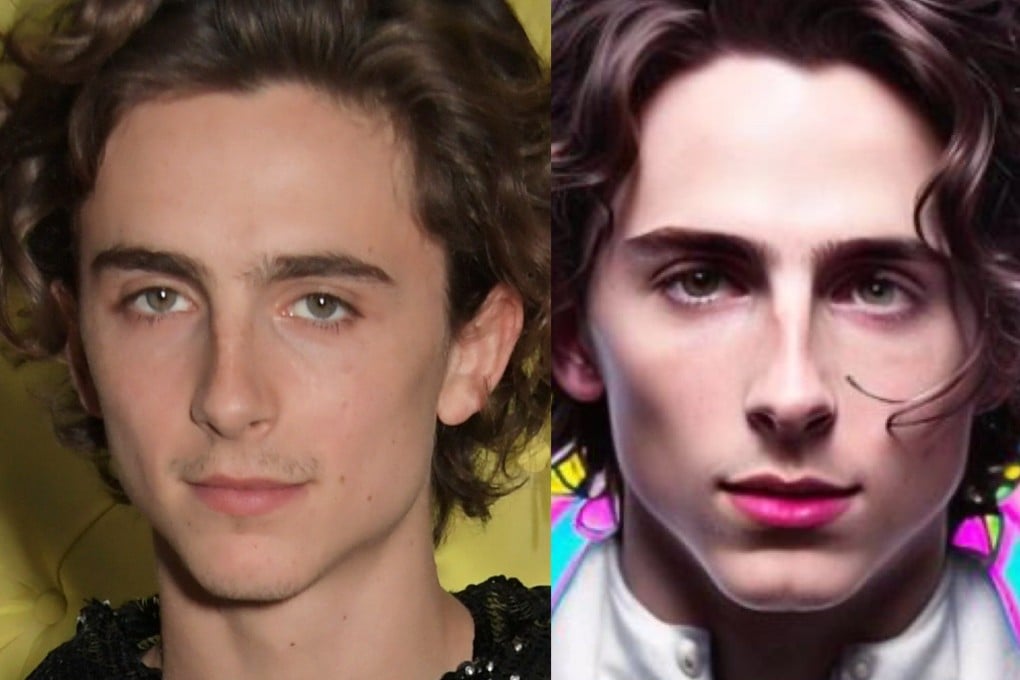AI art app Lensa and its ‘magic avatars’ are taking over the internet – why that matters and why some are worried
- An app called Lensa has taken social media by storm, allowing users to create AI-generated photos of themselves in whimsical settings from their own selfies
- These ‘magic avatars’ are wildly popular but some claim that apps of this sort are stealing from real artists, while others say they are racist and sexist

You could look like a warrior, gearing up for battle. Or maybe you would like to be surrounded by flowers and wearing a bridal gown. Better yet, how about a goddess?
These images, called “magic avatars”, are made by an app called Lensa. Owned by Prisma Labs, Lensa allows users to upload photos of themselves, pay a fee and, within minutes, download photos of themselves in all kinds of whimsical settings.
The avatars have quickly gained popularity among social media users, and celebrities including Chance the Rapper, Michaela Jaé Rodriguez and Taraji P. Henson.
But while the AI-generated photos have been a hit with some, others say apps of this sort are stealing money from the pockets of human artists. Still others say they produce racist depictions of users who upload their photos.

Here is what to know about these magic avatars and how the company has responded to warnings about them.
What are Lensa’s ‘magic avatars’? How are they created?
This latest fad started with Stability AI, the company that created a network model called stable diffusion. The model uses internet data to generate images from text.